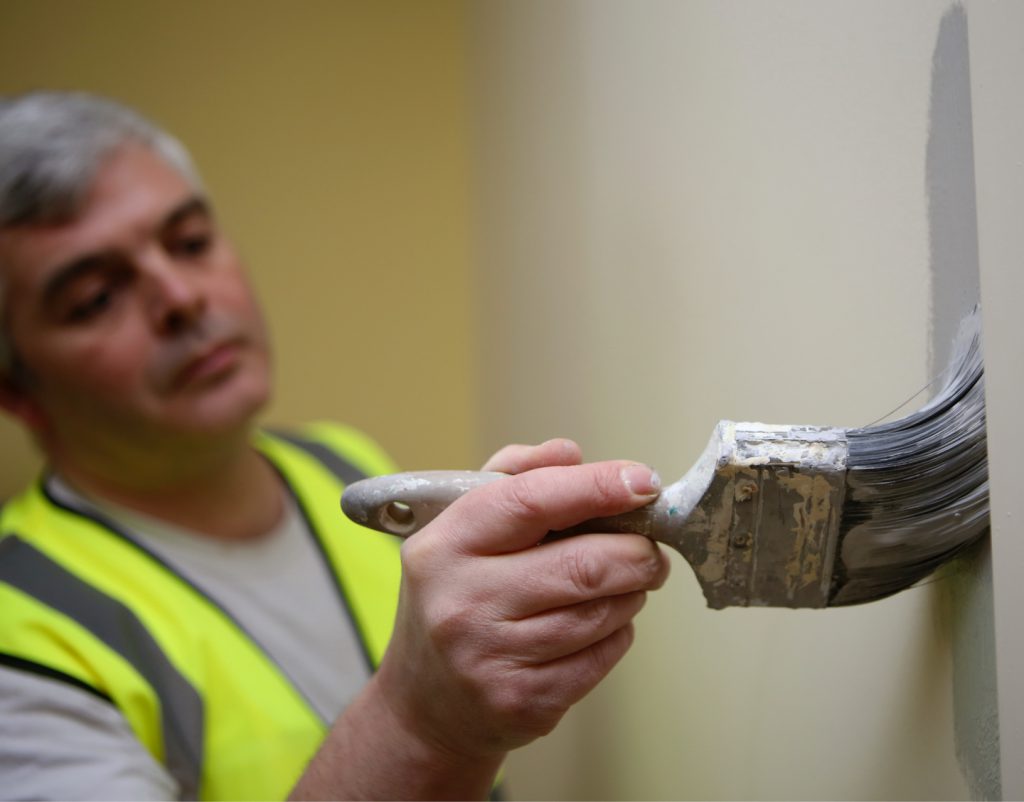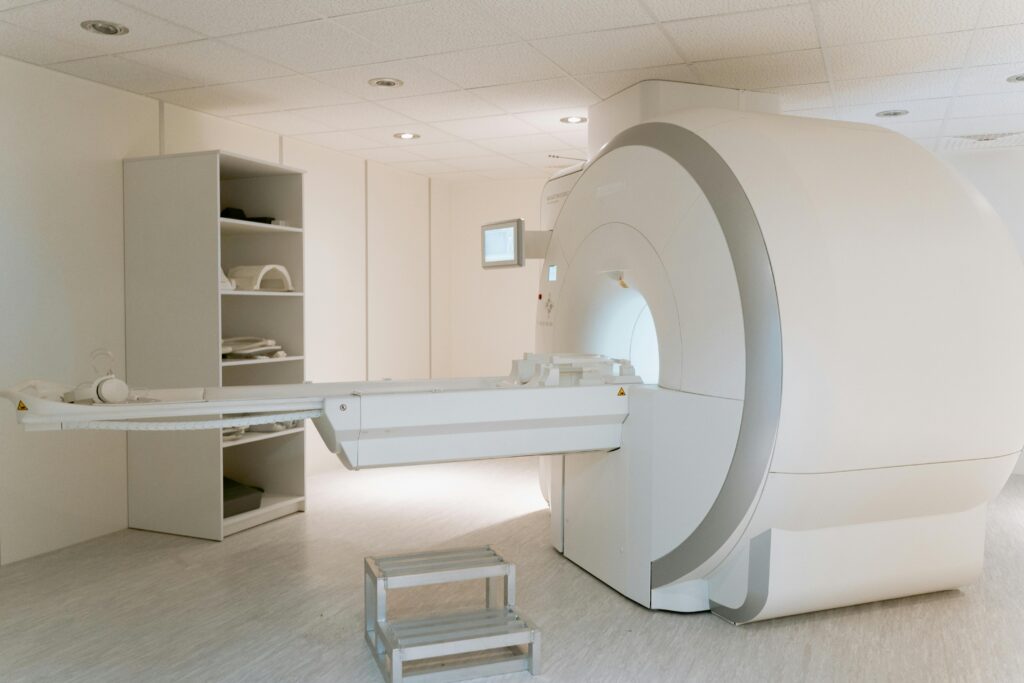Maximising Efficiency: Hospital Refurbishments
By December 2023, the NHS in England had a record repair bill of almost £12 billion. The cost of improving rundown buildings and worn-out equipment then was two and a half times larger than it was in 2011-12. A year later, the repair bill has soared to almost £14 billion. Hospital refurbishments are more important than ever if the NHS wants to prevent a catastrophic situation.
These refurbishments play a pivotal role in shaping the healthcare landscape of the UK. As NHS Trusts face growing demands for high-quality care, strategic renovations have become an essential tool for improving patient outcomes, enhancing operational efficiency, and complying with stringent healthcare regulations. Modernising healthcare facilities is not limited to aesthetics. Instead, hospital renovations should take a comprehensive approach to ensuring that hospitals remain fit for purpose in an evolving healthcare environment.
In this article, we take a closer look at the critical aspects of hospital refurbishments, focusing on NHS Trust renovations, the enhancement of patient experiences, and adherence to healthcare standards. From incorporating sustainable practices to designing patient-centric environments, these insights will provide you with a good understanding of how Bell’s refurbishment services for hospitals can help create value across the UK healthcare sector.
Overview of NHS Trust Refurbishment
Understanding NHS Trust Refurbishment
NHS Trust hospital refurbishments are comprehensive projects aimed at upgrading and maintaining healthcare facilities to meet the needs of patients and staff while complying with regulations. These renovations encompass various aspects, including structural improvements, technological upgrades, and space optimisation. It’s impossible to overstate the significance of these projects, as they have a direct impact on the quality of care, operational workflow, and the long-term sustainability of healthcare facilities.
Given the importance of these refurbishments, it’s essential that procurement specialists fully understand their scope and objectives. Whether the goal is to expand capacity, improve energy efficiency, or upgrade decrepit equipment, NHS Trust hospital refurbishments serve as a cornerstone for maintaining and elevating the standard of healthcare throughout the UK.
Current Trends in Hospital Renovation
Driven by advancements in technology, design innovation, and sustainability, the hospital renovation landscape in the UK is evolving at a fast pace. The key trends shaping refurbishment services for hospitals include:
Sustainable building materials: Hospitals are increasingly using eco-friendly building materials such as bamboo, low-VOC paints, and recycled steel to reduce their environmental footprint.
Smart technology integration: Innovative technologies such as automatic lighting, temperature control, and advanced security systems are being incorporated into hospital refurbishments to enhance efficiency and patient safety.
Flexible design spaces: Modular designs and adaptable spaces are becoming more popular in hospitals as they allow these facilities to reconfigure areas in response to changing needs.
Wellness-centric design: An increasing number of hospitals are incorporating biophilic design elements such as natural light, green spaces, and calming interiors to support patient recovery and staff wellbeing.

Enhancing Patient Experience
Impact of Environment on Patient Recovery
In addition to improving operational efficiency and sustainability, hospital refurbishments should aim to enhance the patient experience. Research has consistently demonstrated that the physical environment of healthcare facilities has a profound effect on patient recovery and satisfaction. Factors such as natural light, noise levels, and air quality can significantly impact a patient’s mental and physical wellbeing.
For example, studies have found that bright, sunny rooms, especially those that receive direct morning sunlight, were associated with shorter hospital stays for patients in a depressive phase of bipolar disorder.
Implementing Designing for Comfort and Accessibility
Creating a comfortable and accessible environment is a vitally important aspect of hospital refurbishment. Key design elements to include in your hospital renovations include:
Universal accessibility: Ensure compliance with accessibility standards by incorporating features such as accessible bathrooms, ramps, and wider doorways.
Ergonomic furniture: Provide comfortable seating and adjustable beds for patients and visitors.
Quiet zones: Design areas with soundproofing to offer peace, privacy, and space for contemplation or spirituality.
Wayfinding systems: Implement intuitive layouts and clear signage to reduce stress for patients and visitors navigating the hospital.

Compliance with Healthcare Standards
Understanding Healthcare Regulations
Compliance with healthcare regulations is a critical component of hospital refurbishments in the UK. The key standards to comply with include:
Health Building Notes (HBN) and Health Technical Memoranda (HTM): These guidelines cover the design and maintenance of safe, efficient, and sustainable healthcare environments.
Care Quality Commission (CQC) Standards: These standards aim to ensure quality care, safety, and dignity for patients.
Equality Act 2010: This act mandates accessibility for individuals with disabilities.
Importance of Compliance in Hospital Refurbishments
Not complying with healthcare standards during hospital refurbishments can result in severe consequences, such as compromised patient safety, legal penalties, and reputational damage. Conversely, adhering to these regulations ensures:
- Enhanced patient safety: Meeting standards for fire safety, infection control, and ventilation enhances patient safety.
- Operational efficiency: Ensuring that facilities are designed for optimal workflows and resource utilisation boosts operational efficiency.
- Futureproofing: Incorporating adaptability into designs will help your hospital meet evolving healthcare needs.
Understanding Healthcare Regulations
Incorporating compliance into the design process is vital for successful hospital renovations. A few strategies for doing this effectively include:
Using compliance-friendly materials and systems such as antimicrobial surfaces and energy efficient HVAC systems.
Engaging regulatory experts and reputable contractors who provide refurbishment services for hospitals during the planning phase.
Conducting regular audits to ensure compliance with relevant standards and regulations.

Sustainability in Hospital Refurbishments
Green Practices in Renovations
In the face of the UK’s goal of achieving net-zero emissions by 2050 and increasing concerns about climate change, sustainability has become a necessity in hospital refurbishments. Key green practices to incorporate into your hospital renovations include:
- Energy efficient systems: Install energy efficient systems such as high-efficiency HVAC systems, LED lighting, and solar panels.
- Water conservation: Use low-flow fixtures and rainwater harvesting systems to improve your hospital’s water conservation efforts.
- Waste reduction: Recycle construction materials and implement waste segregation to reduce waste at your hospital.
- Low-emission materials: Choose paints, adhesives, and flooring with minimal volatile organic compounds (VOCs).
Benefits of Sustainable Refurbishment
Sustainable hospital renovations offer long-term benefits, such as:
Cost savings: Sustainable renovations result in reduced energy and maintenance costs.
Improved patient outcomes: The healthier environments created by Bell’s trusted refurbishment services for hospitals contribute to faster recovery and better overall health.
Regulatory compliance: Well-planned and executed hospital refurbishments can help your facility meet environmental standards and demonstrate corporate responsibility.
Work with a Trusted Hospital Renovation Partner
Effective hospital refurbishments are essential for maximising efficiency and enhancing patient care. By focusing on strategic renovations, enhancing patient experience, and ensuring compliance with healthcare standards, hospitals can create a better environment for patients and staff alike.
Contact us to learn more about how Bell can assist with your hospital refurbishment projects. Choose a hospital renovation partner you can trust.
